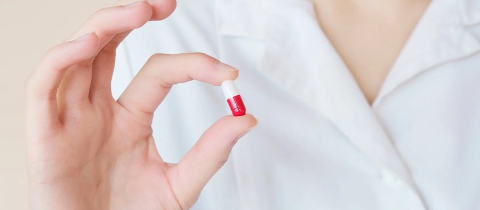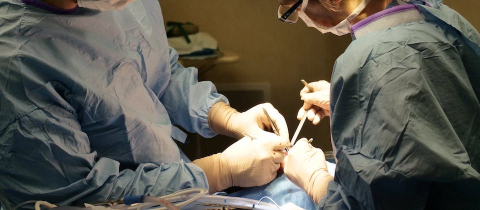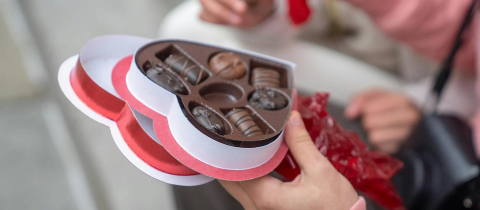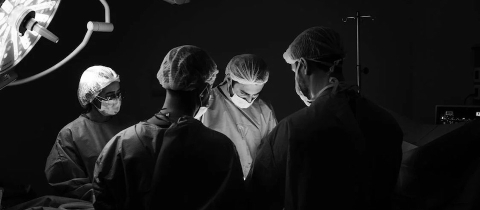I was technically on vacation but when I saw the words “integrative pharmacy”, I knew I had to take a look.
I was in Vancouver for a science communication conference and decided to spend two extra days exploring the city. What this means for a skeptical science communicator like me is to stay away from anything that might trigger an idea, any bit of pseudoscience that would turn my vacation into a work day. No dice. I was eating lunch, turned my head and, outside the window, I could see the sign.
“Pure Integrative Pharmacy.”
The words danced in my mind, seducing me with promises of as-yet-unseen quackeries.
So I went in.
Integrative medicine is the tempting idea that combining conventional medicine with alternative medicine gets you the best of both worlds. Unfortunately, alternative practices such as homeopathy and Reiki have failed to show a) that they work and b) that they could work through some sort of plausible mechanism of action. This should not come as a surprise to history buffs, as many of these holistic panaceas predate modern science. Early acupuncturists imagined that, because humans resembled nature in some way, they must have meridians in their bodies like rivers and lakes to allow for the flow of Qi. The creator of chiropractic thought we had an innate life-force that could get blocked by vertebral issues, so that you could cure someone of deafness by cracking their spine. And homeopaths, well, homeopaths believe in sympathetic magic, in which superficial similarities reveal analogous power, such as a phallus conferring fertility.
Integrative medicine is all about blurring the lines between this prescientific magical thinking and actual evidence-based medicine. This false equivalency has now crept into the world of drugstores. Indeed, Pure Pharmacy’s mission statement, posted outside the door, read, “Integrating conventional pharmacy with complementary solutions to create an innovative and holistic approach to your health.”
Walking inside an integrative pharmacy feels not unlike being in an alternate universe. It looks like a regular drugstore… but the products are all wrong. There’s an elevated pharmacy counter on the side, but it’s a compound pharmacy. They have white shelf after white shelf of products… but the vast majority are natural health products of questionable use and purity. I picked up leaflets on digestive enzymes, cleansing formulae and collagen, “the protein of youth”. But the most interesting leaflet of them all was the one that changed my worldview.
See, I was still under the impression that people were raving about the benefits of goji and açai berries, the hippest of the superfoods. Well, go back to Asia, goji, because there’s a new superfruit in town and it has nine times the antioxidant content of the goji berry. I am talking of course of the maqui berry, which the flyer I’m looking at describes as “the most powerful superfruit in the world.” It’s apparently proven to fight off viruses, it helps stabilize blood glucose levels, and it can protect your skin from the damage of UV rays. Drop the sunscreen; start eating berries!
The pamphlet is filled with the siren song of the natural movement: “organic”, “health-bearing molecules”, the product of “old traditions” from ancient communities. These “wild” berries are “carefully selected by hand” (an appeal to tradition), but the isolated chemical is made according to Good Manufacture Procedures. Combining ancient knowledge with modern scientific practices? Why, that is simply the best of both worlds, they would say.
These kinds of products have been available in health food stores for decades. But such boutiques, catering to a specific segment of the population, can be easily dismissed by the more scientifically minded. Regular drugstores, on the other hand, have the bad habit of promoting these products and of sometimes blurring the line between genuine medicine and make-believe. Homeopathic pills, for example, are sometimes sold on the same shelf as actual medication, although they don’t contain an active ingredient.
Integrative pharmacies have completely erased this important demarcation by upgrading alternative concoctions to be the equal of conventional medicine. Have a look at Pure Pharmacy’s logo. The “X”, which stands for alternative medicine, means “alternative medicine ‘multiplies’ efficacy of western medicine.” I’m all for using an “X” as a symbol for alternative medicine, but I think we differ on its meaning.
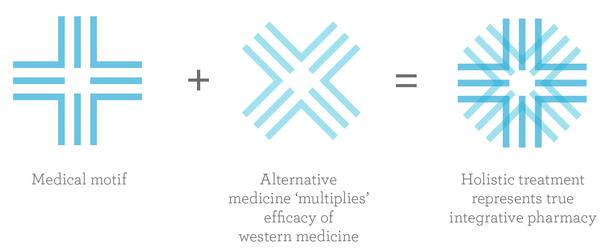
The elevated pharmacy counter at Pure was no ordinary drug dispensary either; it was a “compound pharmacy”. This personalized service aims to better tailor the drug to the patient, by liquefying pills for people with swallowing difficulties, by removing allergens, or by altering the dosage of a commercial drug. While this sounds like precision medicine, it can instead be “guided by speculation and belief rather than by acceptable scientific evidence,” as Dr. Harriet Hall pointed out earlier this year. Pure Pharmacy’s compounding counter can sell you bio-identical hormones (whose claims of safety and efficacy have not been supported by good science), as well as treatments for adrenal fatigue, a non-existent condition beloved by naturopaths. But the pharmacists working behind the counter wear lab coats and it all looks very scientific… so it must be true, right?
You may think Pure is the only “integrative pharmacy” out there. It’s not. There’s Balanced Health Integrative Pharmacy in North Vancouver; the Medicine Shoppe Pharmacy & Compounding Centre of Whitby, Ontario; Shoreline Integrative Pharmacy in Westport, Connecticut; and American Integrative Pharmacy in California, which claims to achieve “a more holistic approach to treatments for sexuality and libido.” Oh boy.
The integrative medicine movement is spreading. The lines between science and pseudoscience are being purposefully obscured. Soon, the public will be even more confused than it is now and, I suspect, so will many healthcare professionals.


